

mkellytx
-
Posts
202 -
Joined
-
Last visited
Content Type
Profiles
Forums
Events
Posts posted by mkellytx
-
-
On 2/27/2023 at 12:48 AM, evanf117 said:
i made this for Syria map, its most of the sam sites and i filled out the airbases, https://dcs.rocks/Uaz1-q there are a few recourses out there, i think covert cabal made one of all the sams globally and that works for sams, but if your looking for mission ideas there is the time 4chan found isis and russia bombed them
ISTR that Sean O'Connor over at SPF had an open source intel blog that he mapped the location of various Soviet allied states, Syria was one of them. It's well worth tracking down, because he made the kml files downloadable so you can import them into GE if you want.
-
 1
1
-
-
On 2/7/2024 at 8:32 AM, JB3DG said:
It's questionable whether they will be able to come to a stop without running out of runway though given the approach speeds required. Tires are likely to catch fire.
Tires only catch fire from the hot brakes that cause them to burst which breaks the hydraulic lines that p-ss hydrocarbon based fluid onto 1000+ degree steel, been there, done that…
-
On 12/26/2023 at 8:08 AM, upyr1 said:
The initial Thud Weasels were F models. The real issue though is whether or not we can get the proper tones
Shouldn't be a problem since the F was the RHWR and a spectrum analyzer. The G had more toys...
On 12/27/2023 at 2:59 PM, SOLIDKREATE said:Okay I will contact them, thank you @Tengah for the invaluable information.
The Association of Wild Weasels and Old Crows are others worth reaching out to.
-
 2
2
-
-
8 hours ago, Vampyre said:
I remember this crash. I was the platoon commander for China Lakes Auxiliary Security Force at the time. We were tasked with responding to any aircraft/weapons incidents within 100 miles of NAWS China Lake to provide security to the areas/assets affected. It was early 2009 if I remember correctly. The jet crashed almost vertical and piled into a big crater. The pilot ejected out of envelope and ended up hitting the ground near the crater. The NAWS CO had us stand down after our initial surveillance of the area and we ended up having the Air Force take responsibility for the security of that one.
That would be the one. It was an out of envelope ejection, the wind blast mortally injured him. He was alive when the helo picked him up but died on the way to the hospital. That SIB out brief was a mandatory all air crew call, where they made us listen to the cockpit recording. That one stuck with me for a while. Most of the details are covered by privilege, but the AIB should fill in enough to get the general idea. Anyhow, enough off topic.
-
On 12/4/2023 at 2:36 PM, Buzz313th said:
It doesn't need to because it's primary design adaptation was not to be our air superiority fighter, the F-22 owns that role. Just like the F-15C before it. Just like the F-15E is our premier "MudMover".
I doubt the F-22 was "Excused" from having the "9X" and the JHMCS simply because they didn't see the need for the 22 to close to the merge. Lets not forget the thrust vectoring nozzles on the 22 as well.
Read on below regarding why the 22 might be limited with the "9X"....
I do believe that for the Aim9x or any "Heater" for that matter to be effective, that the "IR" seeker on the nose of the missile needs to be slewed to the IR source for a lock. This means that to get a lock, the seeker would need an unobstructed view of the IR source. With the 22 and 35 carrying most of their weapons in the bays, to get a lock (Target designation) for a heater outside of the radar gimble range (Off Boresight) would require the heater to be lowered outside of the bay, or mounted externally before a lock can be achieved.
With that being said, I highly doubt that the 22 and obviously the 35 don't have the full ability to use the "9x" or the helmet. I think it's just a matter of what gets put on the aircraft for a particular mission. I think I heard that both aircraft can mount external pylons for weapons, I don't know if either of the two aircraft have the ability to lower or expose missiles from the bays before they take a shot. I would guess that they cannot, since the physical engineering used to lower a weapon from the bay would take up precious space that can be used to carry more weapons.
Considering the HMCS is not only a targeting device, but also an SA device, I highly doubt the 22 drivers aren't wearing JHMCS.
But I do appreciate your tenacity on trying to get me say in so many words that nowadays, systems are more important than performance...
Bravo...
So here' the deal, JHMCS doesn't fit in the F-22 cockpit for all pilots. That's why Scorpion helmet mounted display was evaluated for Raptor (not sure if it was ever integrated). Back in '08 or '09 when I was at Eddy's patch the -9X was integrated into Raptor. FWIW, I saw the accident A/C takeoff that crashed on a -9X sortie that killed the test pilot, so the missile has been integrated for some time. The HMD functionality has not been since USAF thought the LO capabilities of the Raptor were good enough not to require the need of a HMD.
-
 3
3
-
-
27 minutes ago, Northstar98 said:
Awesome stuff! I fear my work might be made redundant

Nonsense, most of the stuff I did is only air force/air defense focused. Feel free to PM.
-
 2
2
-
-
On 5/31/2023 at 1:45 AM, Northstar98 said:
- It's our first proper Cold War theatre between NATO and the USSR (even as a modern day map - owing to how sparsely populated the area is, meaning changes are going to be relatively insignificant), no other map comes close.
- The area is a pretty strategic one (namely due to the Soviet/Russian Northern Fleet and its sizeable SSBN force) and has a very large military presence.
- It's perfect for NATO carrier operations and had the Cold War gone hot, it would most likely be the place the F-14, A-6 and A-7 would've fought over (among others).
- Several of our assets and modules were/are based here, especially for REDFOR.
- It's a major setting in Red Storm Rising and it features in several other titles.
- The map's geography is fairly unique compared to other maps (closest one is South America on the South Atlantic map).
If anyone is interested, I am currently in the process of making a .kmz showing numerous locations (airbases, naval bases, SAM sites, munitions depots and other military and civilian points of interest), with the goal of trying to produce a realistic order of battle for the region.
@Northstar98 Great stuff, After I read a few historical papers on the Norway theater and the NATO flank strategy which came into play in the 1980's I had the same idea. Here's a bit of a view towards my WIP. Definitely willing to share. This site, Soviet Armed Forces 1945-1991 (ww2.dk), is awesome for information on the Soviet Order of Battle. The 1990 info is straight out of the CFE Treaty. Also, I've looked a bit at the USAF Orbat for the 1989/90 time period as well:
All of the Norwegian airfields:
Soviet Air Defenses 1980:
Soviet Air Defenses 1989/1990:
-
 4
4
-
 1
1
-
On 11/12/2023 at 7:35 PM, toilet2000 said:
Dive Toss and Dive Level both don’t require the WSO to lock the ground with the radar. It works extremely similar to the computer bombing mode of the A-4E: you point the pipper at the target, pickle and then either proceed for a toss or a level bombing. Bombs are released automatically using the slant range from radar ranging at the initial pickle.Highly recommend reading Palace Cobra. Ed Rasimus flew 250 missions over NVN in the Thud and the Phantom and describes the use of dive toss in the Phantom. Of note, it seems that the aircrew tended to only use the mode in lower threat environments, for high threat they would generally use manually depressed pipper for one pass and haul ass bomb runs,
-
It's been quite entertaining to read the pages of back and forth. That said, there's a very good comparative analysis out there complete with lots of data, Have Doughnut. It's highly worth the time to read the 300 pages or so of the report. Granted it's an "old" F-13 evaluated, but that model was pretty common in the 60's.
havedoughnut.pdf (theaviationist.com)
As with any aircraft, if you fight to its strengths it will win. Play the other guy's game and you lose.
A few snippets:
nullnull
-
 2
2
-
 1
1
-
-
On 10/31/2023 at 10:20 AM, WinterH said:
AIM-7E2 was called the "dogfight sparrow" wasn't it? Sparrow has pretty good acceleration, and with those huge control surfaces, I think it was supposed to be a slightly more agile missile than later AMRAAMs. But then both of these are just anectodal stuff from here and there, and not from anything we can consider a primary source.
In the end, even if Sparrow is good as a dogfight weapon, the requirement of holding a lock for 4 seconds before firing one would probably make them very dogfight-unfriendly, and that 4 seconds stuff is indeed from a primary source: F-4E manuals.
@Gunfreak as well. Correct the E2 was able to handle some closer in stuff with mods to the radar (flood mode). for close in work. It was most effective for tail chase outside of the AIM-9E/J range which were pretty short legged compared to the later L/M's. One of the famous Mig-17 shoot down gunsight film from Vietnam is from a dogfight Sparrow tail shot.
On 10/31/2023 at 10:20 AM, WinterH said:AIM-7E2 was called the "dogfight sparrow" wasn't it? Sparrow has pretty good acceleration, and with those huge control surfaces, I think it was supposed to be a slightly more agile missile than later AMRAAMs. But then both of these are just anectodal stuff from here and there, and not from anything we can consider a primary source.
In the end, even if Sparrow is good as a dogfight weapon, the requirement of holding a lock for 4 seconds before firing one would probably make them very dogfight-unfriendly, and that 4 seconds stuff is indeed from a primary source: F-4E manuals.
@Gunfreak as well. Correct the E2 was able to handle some closer in stuff with mods to the radar (flood mode). for close in work. It was most effective for tail chase outside of the AIM-9E/J range which were pretty short legged compared to the later L/M's. One of the famous Mig-17 shoot down gunsight film from Vietnam is from a dogfight Sparrow tail shot.
On 10/31/2023 at 10:20 AM, WinterH said:AIM-7E2 was called the "dogfight sparrow" wasn't it? Sparrow has pretty good acceleration, and with those huge control surfaces, I think it was supposed to be a slightly more agile missile than later AMRAAMs. But then both of these are just anectodal stuff from here and there, and not from anything we can consider a primary source.
In the end, even if Sparrow is good as a dogfight weapon, the requirement of holding a lock for 4 seconds before firing one would probably make them very dogfight-unfriendly, and that 4 seconds stuff is indeed from a primary source: F-4E manuals.
@Gunfreak as well. Correct the E2 was able to handle some closer in stuff with mods to the radar (flood mode). for close in work. It was most effective for tail chase outside of the AIM-9E/J range which were pretty short legged compared to the later L/M's. One of the famous Mig-17 shoot down gunsight film from Vietnam is from a dogfight Sparrow tail shot.
-
On 8/25/2023 at 6:10 AM, upyr1 said:
The F-105G would be awesome, however, I suspect if we get the G, it will only be AI. It will all come down to what you can legally get about the EWOs station.
The F model weasel is completely doable. The only system on the G model that might be tough is the QRC-160 jammer, not that they used it, but jamming is typically pretty closely held stuff. The rest of the system is pretty much out there and could be done.
-
7 hours ago, Kev2go said:
all aircraft that are currently in DCS, their IRL counterparts have classified supplements for EW suites. ED or all 3rd parties just use non classified docs to model EW suites in airframes. you don't need any classified supplements for what is done in dcs.
The manual pertaining to the EWO station ( TO- 1B-52H-1-13) is about as accessible as the other dash 1's.
Indeed, I have a copy of it. Quite notably there are things left off of the line drawings that are at the station. I’ve sat at that station, and the equipment has classification markings on it. FWIW, when I flew BUFF’s we discovered that a NATO TPS student did a quail eval flight without the station being hidden by a curtain which resulted in a major pain in the @$$ security investigation. That was 15 years ago so things may have changed…
-
On 6/11/2023 at 7:17 PM, Kev2go said:
B52H manuals are about as "publicly available" as F16 manuals they used for the viper. Unless they have a different definition of what that means.
wish ED would just admit they dont want to do a B52, thats its too much effort for too little $$$ return. Kind of how they beat around the bush with not wanting to admit Lantirn existed for the F16C circa 2007, instead of just trying to explain they didnt want to spend resources trying to model an older targeting pod.
ISTR that several years ago there were B-52 AMI manuals posted, some were even -34’s, but those were taken down, so they likely weren’t supposed to be out there. There’s also the problem of the EW station, which had classification markings as of the last time I flew the jet. Then there’s also the strat radar, which while old school is still THE strat radar on the most numerous SIOP platform. Who knows after they get the new radar and engines maybe they could do a 2005ish BUFF except for the upper two rear stations.
-
8 hours ago, GGTharos said:
I have a '95 for the light grey I think, and the '93 for the strike. I'll get you more info if needed.
Thanks, please PM me where I can find the 95 light gray. Looks like you weren’t too bad after all as we got the same values from the ‘93 dash one.
-
@GGTharos This is not intended as a quibble, but I am genuinely interested to know what the revision date, data date, data basis is for the -1’s of the charts you used. I don’t have light gray charts for -220/220E only for the old -100 light grays. Anyhow, I think we’re in violent agreement here because a F-15E with the same -220 engines is 4 sec slower than the light gray and 3.5 sec faster than the -100 equipped light gray at 102% trim.
Statement of due diligence: all charts posted were taken from manuals purchased from reputable sites such as Aircraft Reports or eFlight Manuals and are still available for purchase and comply with forum rules. That said, please check my math.
F-15A/C Clean, F100-100 @ 102% trim 41 - 8.5 = 32.5 sec (Flight test)
F-15A/C Clean, F100-100 @ 95% trim 67 - 9.5 = 57.5 sec (Flight test)
F-15A/C CFT, F100-100 @ 102% trim 78 - 22 = 56 sec (Flight test)
F-15E Clean, F100-220 43 - 14 = 29 sec (Flight test)
F-15E Clean, F100-229 29 - 13 = 16 sec (?)
F-15E -5 CFT, F100-229 43 - 21 = 22 sec (Estimate)
It is pretty funny that the charts many people seem to believe more are the only ones that don’t say flight test on them (-229 charts). The less than optimal engine trim for the light gray illustrates just how much thrust and compressible flow terms dominate in this flight regime, 7% off trim results in 25 sec slower acceleration.
Here’s the gouge from the 1986 Performance Block of the USAF TPS manual

Note that both thrust and drag are functions of velocity which are in the numerator and will be at least a function of V^2. Also, just in case anyone asks, this manual is public domain.
-
On 5/19/2023 at 9:33 PM, henshao said:
Now who's got the charts for the insect

Those I have as well.
SpoilerNeither insect can achieve 1.2 M at 10,000 ft.
Edit:
Some kind soul provided me the Specific Excess Power (Ps) charts for the -402 equipped C which can actually do 1.3 M at 10,000 ft with 2 heaters and 2 radars.
-
 1
1
-
-
I think what @GGTharos takes issue with, and he can correct me if I’m mistaken, is how the heavier -220 equipped Mud Hen can have the same acceleration as a light gray -100 equipped Eagle. Now a big part of the problem is the most commonly quoted thrust numbers are static thrust, which by that metric a -100 produces slightly more thrust than the -220. The problem is that acceleration isn’t a static equilibrium situation, it’s dynamic and transient. The modifications to the -220, especially the DEEC produce more dynamic thrust so the thrust curve as a function of Mach number is greater, which is why the -220/220E equipped light gray’s accelerate faster than the -100 equipped birds. As mentioned above the -229’s are absolute beasts. The ability to run hotter, DEEC’s and lower bypass ratio create way more dynamic thrust which shows in the level accelerations. Lower bypass ratio engines tend to perform better in the trans/supersonic flight regimes as well.
-
 1
1
-
-
46 minutes ago, GGTharos said:
The strike numbers cannot be correct. F=ma for acceleration here, you can even ignore the drag ... there is no way the -220 powered strike will have the same acceleration as the 38000lbs light grey, and the difference in mass is significant - about 10% or a little more. You'd expect the strike to accelerate correspondingly slower, so about 26-27 seconds. Similarly, the -229 doesn't provide over twice the thrust of the -220 either.
The strike numbers are from the T.O. The drag at trans/supersonic definitely are the dominating terms. The difference between -100 and -220 are hydro mechanical controls vs digital so I completely believe that digital out performs hydro mechanical every day of the week and twice on Sundays. The -229 is a completely different, digital engine with a completely different thrust profile (and core, and fan) so I can buy that as well. IIRC the -229 charts are derived from flight test data so take it up with the test pilots/FTE’s….
The governing equations here are not linear, not even linear differential equations, so flight test data is king. This is the biggest reason I differ to the data since nonlinear differential equations behave differently from what we learn in high school algebra. This is complex stuff and an accurate gut feel comes from actually doing things up and away over years….
-
 1
1
-
-
Alright, turns out my handy 1F-111(B)A-1-1 is accessible so I ran the numbers. The Vark in question is either the FB-111A or F-111G with -P7 engines that put out 20,000 lbs of thrust, the T.O. uses the old 1975 flight test data. So, not quite an F model with -P100’s, 25,000 lbs of thrust and off course the FB weighs more with longer wings. Also, the level acceleration charts recommend an “optimal” profile, which translates into the charts start at 25 degrees sweep/mil power, advance to min AB intermediate sweeps then finally go full AB 72 degrees sweep. Since those charts are set up that way, the drag race changes to 0.9M to 1.2M so there’s an apples to apples comparison (both at full AB the whole time). The weights chosen for the Vark are 60,000 lbs and 70,000 lbs which roughly gives 10,000 lbs of gas and 20,000 lbs of gas respectively (49,000 lbs empty weight and 1,000 lbs of instant sunshine in the bay). All altitudes are at 10,000 ft with a standard day.
FB-111A @ 60,000 lbs, clean Time - 24 sec Fuel Used - 1,030 lbs Dist - 6.5 nm
FB-111A @ 70,000 lbs, clean Time - 30 sec Fuel Used - 1,200 lbs Dist - 6.5 nm
F-15C @ 38,000 lbs, clean, -100 (102% trim) Time - 24 sec
F-15E @ 42,800 lbs, clean, -220 Time - 24 sec
F-15E @ 43,000 lbs, clean, -229 Time - 10 sec
F-15E @ 55,600 lbs, -5 CFT, -229 Time - 22 sec
F-15E @ 59,600 lbs, -5 CFT, 8 AAM, -229 Time - 30 sec
F-15E @ 60,700 lbs, -5 CFT, 8 AAM, LANTIRN, -229. Time - 65 sec (It pretty much maxes out at 1.2M in this config)
Conclusion, even the SAC Vark will out accelerate a -220 Mud Hen with CFT’s, it’s not that much slower than the -229 Mud Hen (-5 CFT’s) with 2/3rds of the thrust. It’s pretty likely the F model Vark with the -P100 motors will out accelerate the -229 Mud Hen with CFT’s. The CFT’s really mess with the compressible flow, the only way a heavier airframe with less thrust does that is with lower compressible flow drag components.
Enough with the off topic, gut feel here is that any Bug will have trouble with this drag race down low
 .
.
-
16 hours ago, JB3DG said:
Yeah I've seen the effects of intake geometry on the T-38A vs the PMP T-38C (dropped max mach from 1.6 to 1.15). The F-15 does have variable inlets and exhausts though, I believe more advanced and capable than the F-111. That said, I would want to see total form drag as well as wave drag numbers. Greater mass means lower acceleration even when in level flight (simple a = F/m) and if the pig has a larger frontal area than the F-15E the total drag is still going to be worse. Combined with lower acceleration means you would have to spend more time in burner to simply get to the same speed which makes it less practical.
The F-15 variable ramps may well be more advanced, but it’s debatable if this translates into a more efficient propulsion system than the Vark’s inlets for level flight since the Eagle’s advances may well be to handle higher AOA turning (FWIW in engineering school I did have to work an F-15 inlet problem for a propulsion class). That said, both are 1960’s designs with a different requirement set.
Trans/supersonic the compressible flow drags start to dominate, which area rule becomes a big thing (Mud Hens with CFT’s aren’t good here). FWIW the Zero-lift drag coefficient area for the F-111F is 9.36 sq ft (Zero-lift drag coefficient is 0.0186, as a comparison the values for the F-105 were 6.65 sq ft/0.0173 respectively), I couldn’t find the same value for the Eagle (light gray or Mud Hen) so I’d be interested to see what that value is before definitively stating one is greater than the other, but both Eagles are big airplanes.
After 7 years of engineering school (BS, MS) I did become acquainted with that old, deceased, Englishman’s three laws. When I took the equations of motion course from USAF TPS we started with the sum of the forces as well as conservation of angular momentum to derive the 6 DOF EOM’s. The mass the forces act on matter, but compressible forces start to take over for trans/supersonic accelerations. Again no statement here one way or the other since I don’t have my F-111 data (derived from flight test data which as a former flight test engineer I tend to prefer)
Now for some reason I do have the gray Eagle and Mud Hen manuals on my OneDrive (why didn’t I put the -1-1 for the Vark on it also). So here’s a comparison of 0.5M to 1.2M at 10,000 ft since those are the charts I have available.
F-15C, clean, F100-100, 38,000 lb GW 37 seconds (102% trim on the engines)
F-15E, clean, F100-220, 42,800 lb GW 41 seconds
F-15E, -4 CFT, 4 AIM-9, 4 AIM-7, F100-220, 58,100 lb GW can’t accelerate to 1.2M at 10,000 ft, it tops out at 1.1M
F-15E, clean, F100-229, 43,600 lb GW. 26 seconds
F-15E, -5 CFT, F100-229, 55,600 lb GW 40 seconds
F-15E, -5 CFT, 4 AIM-9, 4 AIM-7, F100-229, 59,800 lb GW 52 seconds
So, two observations the compressible drag of the CFT’s is rather significant and the -229 motors are a big improvement over the -100/220.
Now, while I couldn’t find the performance charts for a Vark (without spending $56 on a document I already own), I did find the requirements for the nuclear delivery profile for the Vark which was to approach at sea level at 0.5M, with a can of instant sunshine in the bomb bay, otherwise clean, accelerate to 1.2M in 18 seconds, and fly 400 nm at 1.2M (200 in, 200 out). Now I’m pretty sure the Vark never met that, but hopefully it’s understandable why I want to look at a Vark level accel chart before stating one way or another its relative performance to the Mud Hen.
-
 1
1
-
-
On 5/10/2023 at 11:51 PM, JB3DG said:
Just checked my '93 -1 for the 15E, -229 engines. Max mach at full burner at low altitude is 1.2 at sea level (goes up to 1.3 at 10 000ft) for a clean jet, which is also the structural design limit. Put 12 Mk-82s, LANTIRN, 4 AIM-9s, + CFTs, and it drops to about 1.05 at sea level, 1.2 at 10 000ft, with 1.25 being the CFT design limit at that altitude. In addition, a clean jet level acceleration to mach 1.2 at 10 000ft takes between 26 and 32 seconds depending on temperature deviation. With the above 12 Mk-82 loadout, that jumps up to 64 seconds on a STD-10°C day, and simply won't reach mach 1.2 on a STD+10°C day. More like Mach 1.1.
I don't have performance charts for the F-111F (the most powerful variant), but given that the max AB thrust was only 25000lbf, while the -229 is 29000lbf, plus the 111F is 16000lbs heavier, I don't think it would better the numbers much. At the very least the low level acceleration would be worse than the F-15E, even if the max mach was higher. It is doubtful that a clean F-111F would have gone over Mach 1.3 at full burner at low alt.
For comparison though, I looked up the F-105D and it is also only marginally better at Mach 1.2 at sea level to Mach 1.4 at 10000ft for a clean jet. Performance tanked comparably to the F-15E when loaded.Even the F-16 doesn't do much better than any of the above jets when clean, and does considerably worse when loaded.
Finally, the F-4E charts with 4 AIM-7s only equals the above numbers, which means that anything else added on is only going to get worse from there.
I can't post the charts, but someone who has them like GGTharos (I assume?) can back me up on this. Technology doesn't get better going back in history. It gets worse.
Just checked the 1F-111F-1 limits section, the max Mach at SL is 1.2, up and away the limit is total temperature of 418 degrees F or 2.5 which ever is less. There’s also a 300 second limit above 308 degrees F total temperature as well as a note that above M2.2 the paint will blister. Carriage limits vary by wing sweep, but max for any loading of Mk82’s is 0.9 from 45-72 degrees of sweep. Mk84 airs go up to 1.4 or 700 kts and Mk84’s with conicals only go to 1.3 and 650 kts. So, the limits very much look to be weapons limitations not drag limitations. My 1F-111(B)A-1-1 is not accessible at the moment so I can’t get the performance charts at this time. That said, the F was well known for the capability to exceed limits for Mach and speed at all altitudes.
As for the Vark/Mud Hen drag comparison it isn’t as simple as the Vark weighs more and has slightly less thrust. The Vark has a much better profile for wave drag than the Mud Hen and the wing loading is much higher, so I wouldn’t be surprised to see it have lower trans/supersonic drag. Furthermore, as we’ve seen with the Tomcat the TF30’s create more thrust than the F110’s supersonic, given the variable inlets (on both aircraft) and difference of pressure ratios of the TF30 and F100 (higher than the TF30) those trans/supersonic thrust numbers need to come from the -1-1’s not from SL, uninstalled static thrust. It’s a bit counter intuitive but lower pressure ratio engines with a variable inlets/exhausts will often outperform higher pressure ratio engines. This BTW is one of the reasons the French went with the lower (compared to the F100) pressure ratio M53 which does pretty good supersonic.
-
45 minutes ago, upyr1 said:
both aircraft raise the simple question, what does Eagle think is enough data for a module? I'll admit the F-16XL isn't the top of my wish list, but I'm not going to shoot it down either. My biggest objection to any protype request is simply what sort of data do we have available?
I don't know what systems were installed on the XL during testing nor do I know what were planned -and if there was any difference but I will say that if have enough data for the flight model and the avionics (either planned or installed) then why not?
That’s exactly the problem with the XL. The demonstrators had early C model avionics, one had a Pratt engine, the other had the GE, later upgraded to the -129. The jet needed the higher thrust engine to make up for the higher weight. Both originally had analog FLCS, the GE bird later got the digital FLCS with NASA. The control laws were intentionally conservative as the requisite analysis was never performed to fully exploit the capability. The flight test report still characterized unacceptable handling qualities that were never analyzed/fixed. The XL’s role was primarily A/G interdiction with a late 80’s/early 90’s entry to service so Block 40/50 avionics was likely, although I haven’t seen anything definitive that says that.
The problem is there never was an XL built with Block 40/50 avionics, much less updated to the CCIP configuration which we have from ED. While NASA detailed the aerodynamic performance characteristics like no other teen series fighter, the handling characteristics were never fully explored or fixed. There’s a ton of data, really good data, but the XL is very much WIP. That’s why I use marginal to describe it.
-
The XL’s are very marginal as a module compared to say an F-20 which was a far more complete project. The biggest issue of course is that both XL’s were maybe prototypes if not more demonstrators. The airframes were re-worked A/B models, the avionics were analog C, later NASA equipped the GE engined XL with the digital FLCS, but programmed the code very conservatively as the structural analysis wasn’t done to see if the new control laws would overstress the airframe (like what happened to the F-14D). There were also unresolved handling quality issues, oscillations in the transonic regime that drove some pretty bad Cooper-Harper ratings.
Had the XL been developed its timeline would have overlapped the block 40’s and 50’s. So that’s likely what the avionics would have been.
An argument for the XL would be that the aerodynamics of the platform are among the most measured and understood since NASA used it as a research platform for the High Speed Civil Transport and now uses the data to validate CFD code (Google search it, lots of technical papers). The downside is the avionics were never developed on those two aircraft and there were unresolved handling qualities.
Personally, I like the sandbox quality of DCS and think it would be an interesting “what if”, but it’s questionable if there’s enough of that market to justify the expense of development.
My $0.02
-
On 1/5/2023 at 6:28 PM, shaneduce said:
I just watch a doc. about this airframe. I wonder if anyone was looking into doing a airframe like this one.
Just a Idea...
The Mirage IV would be difficult since it’s French, never exported, and primarily nuclear/rece. Documentation would be difficult to find.


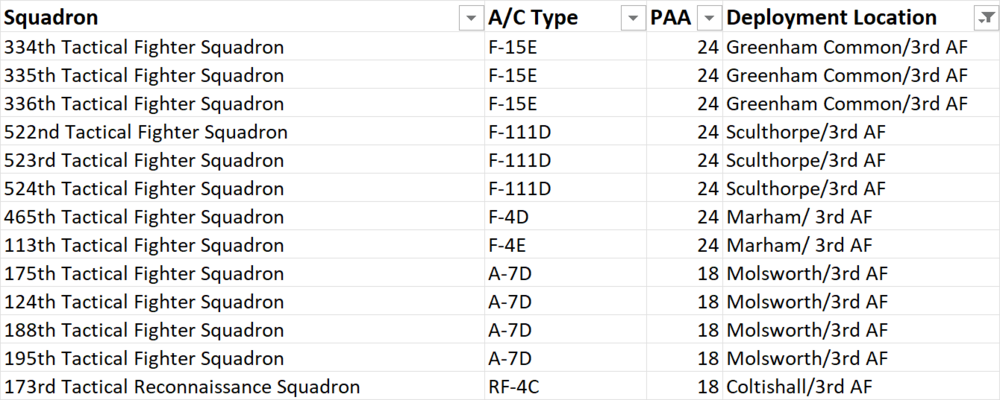



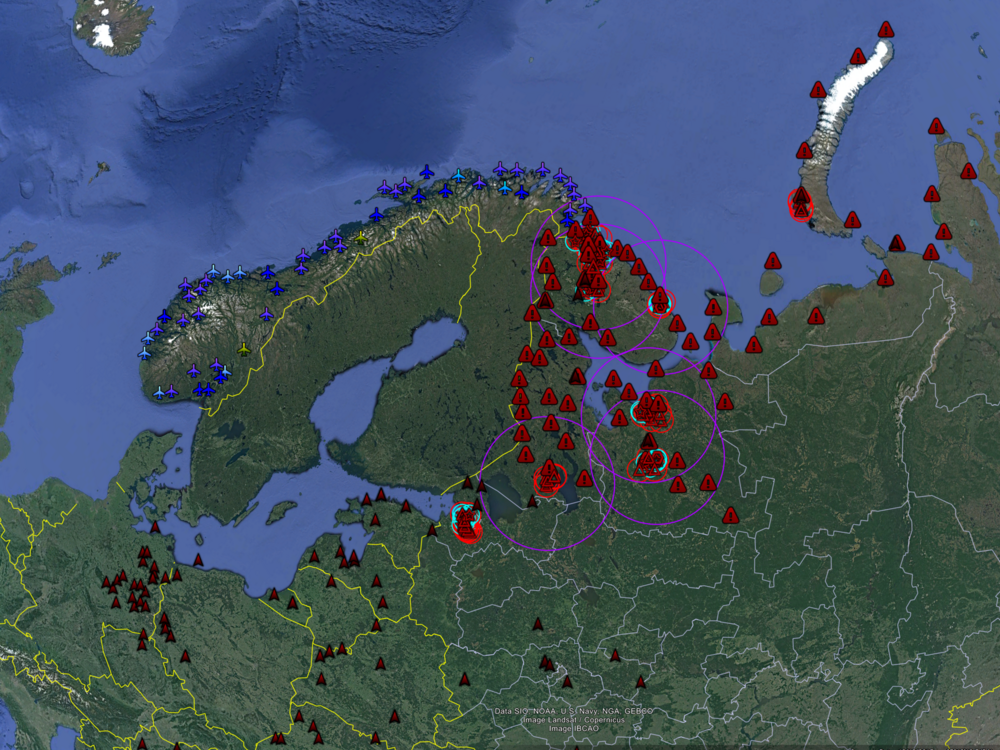

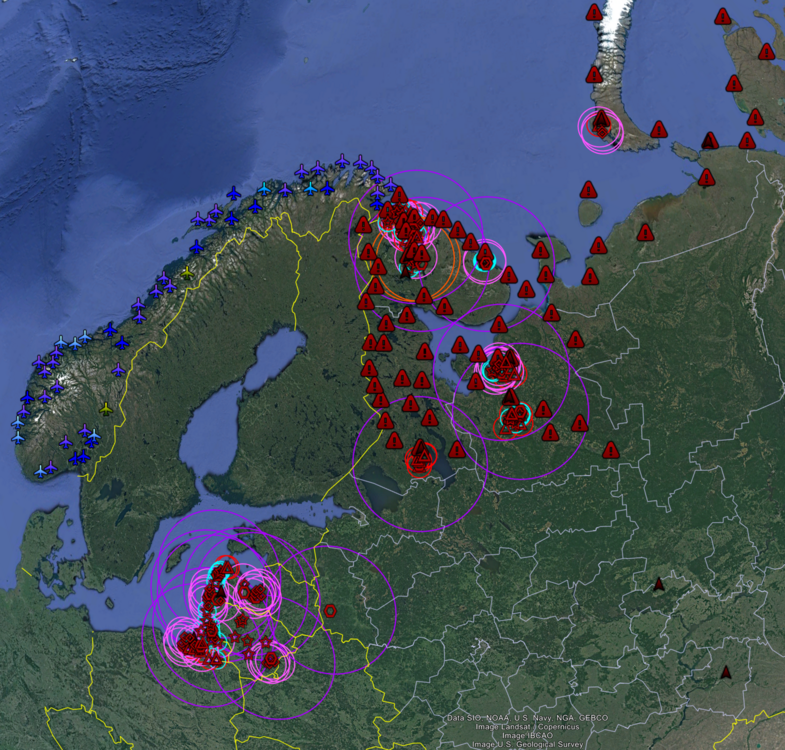
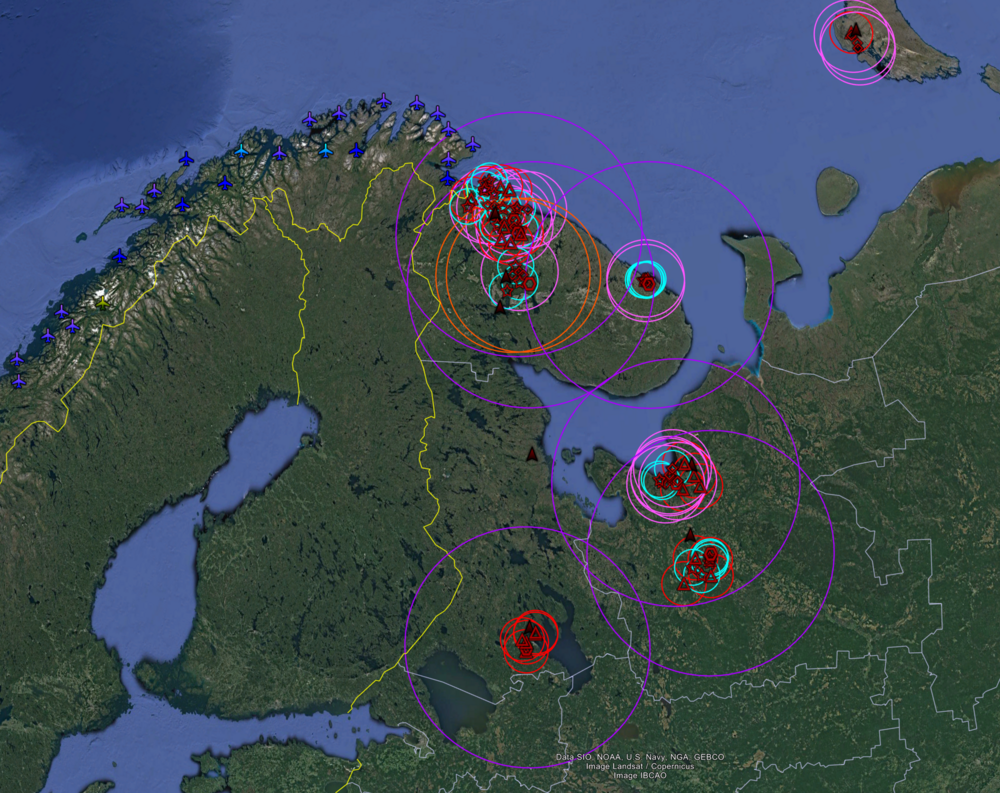





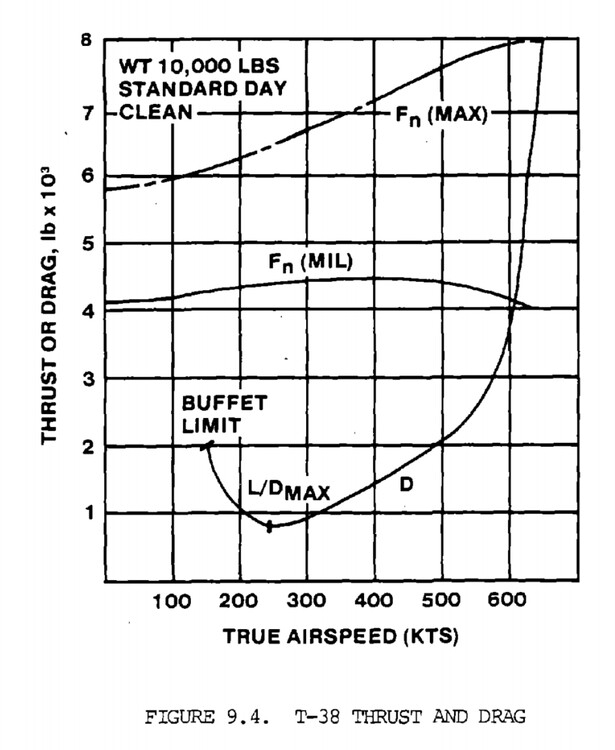
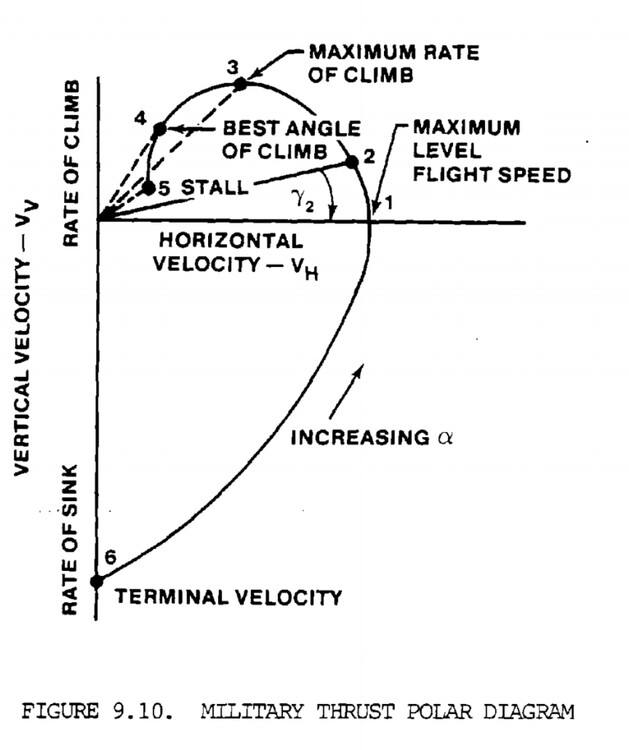


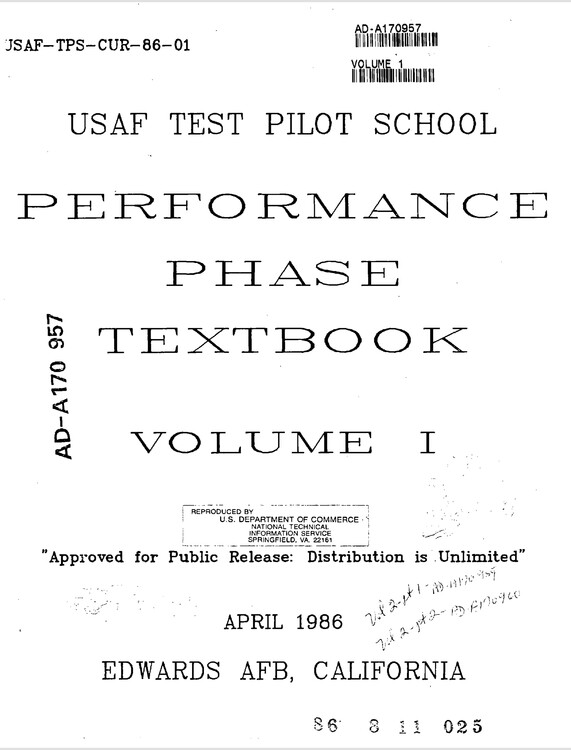
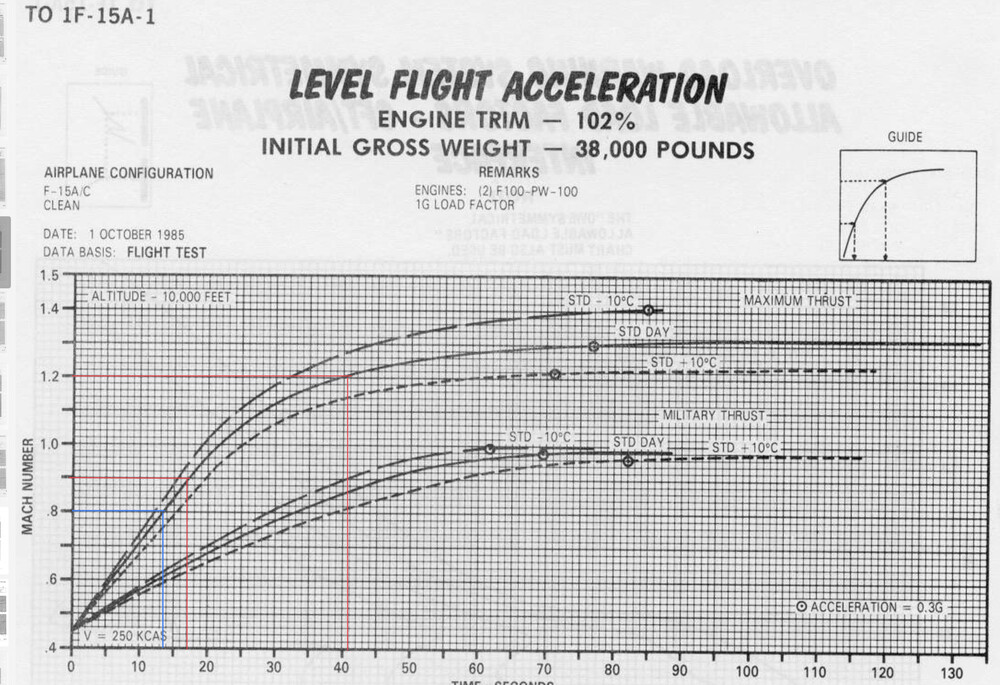

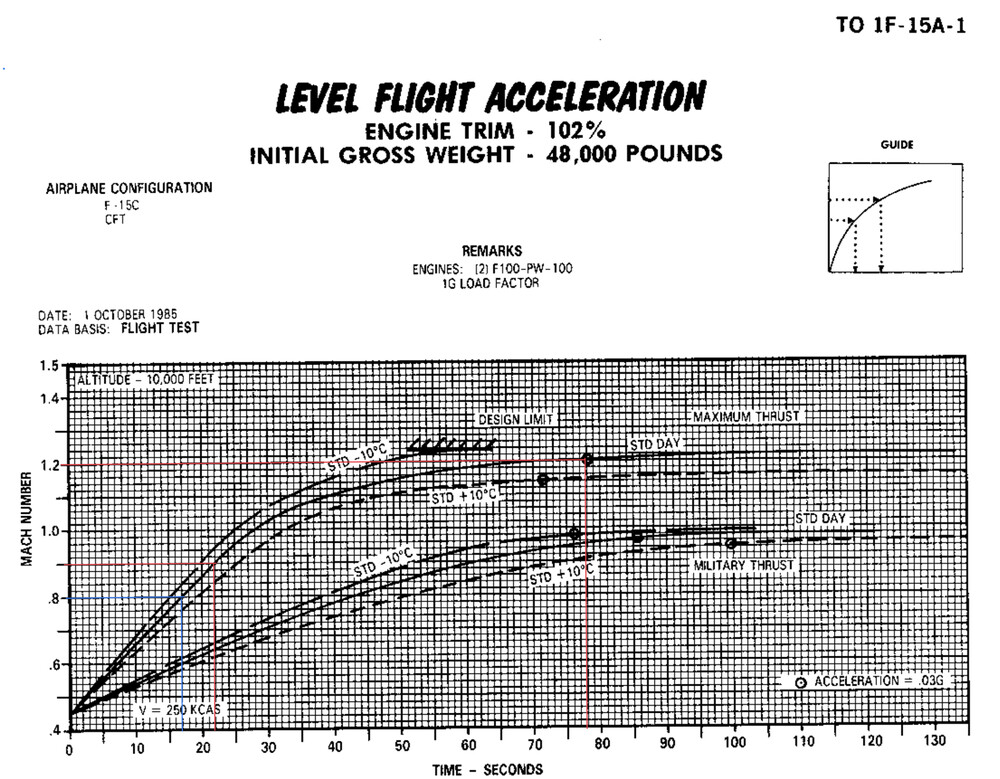

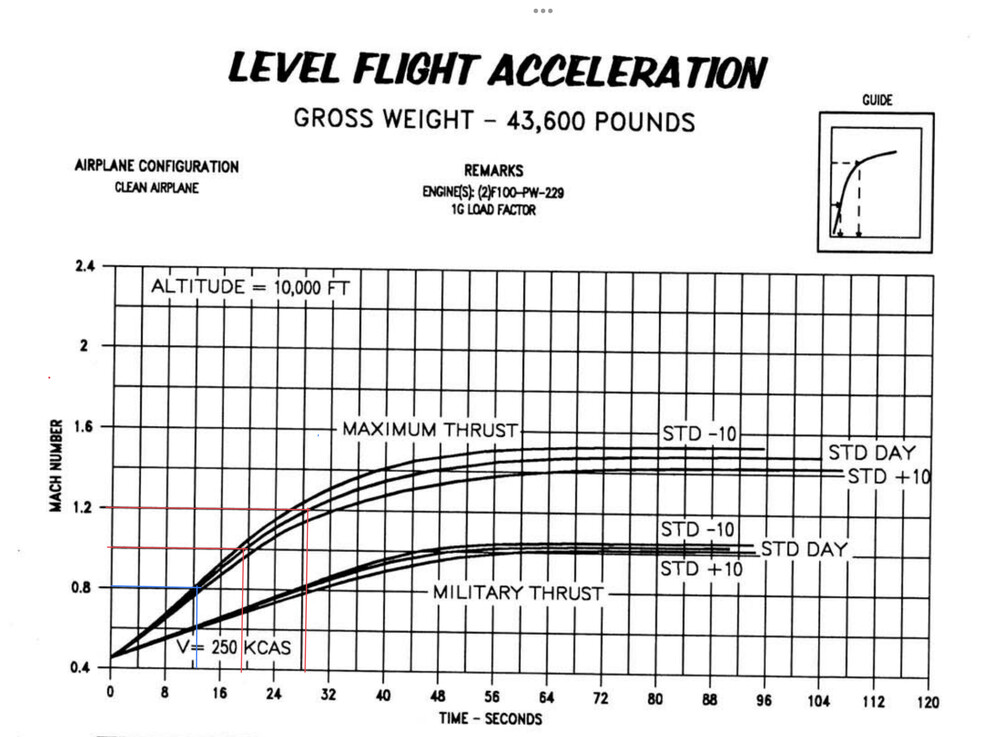
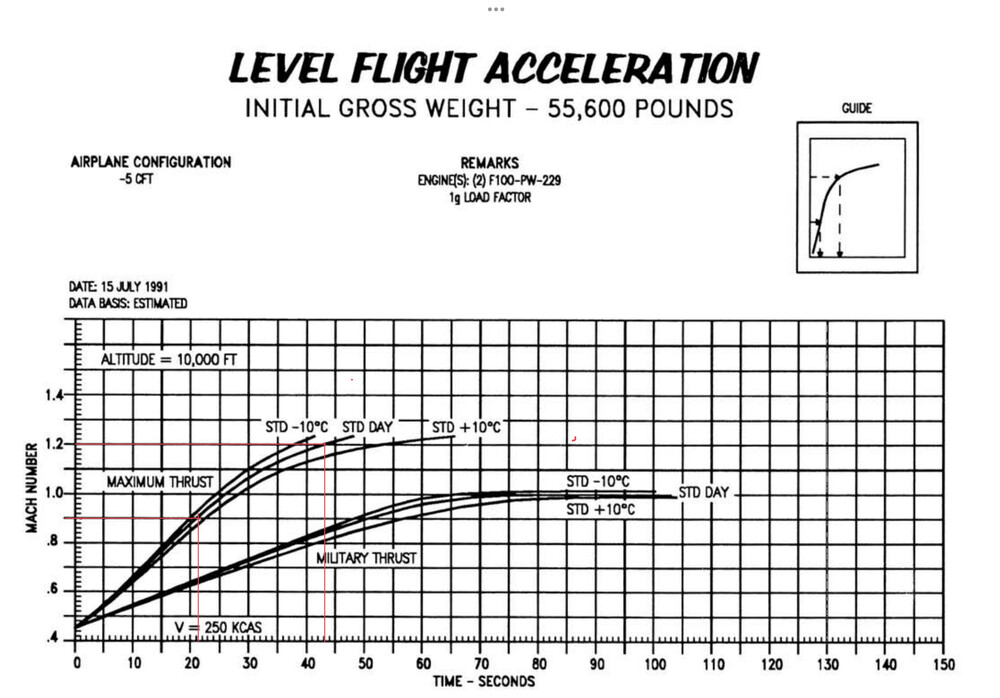
F106 for Dcs
in DCS Core Wish List
Posted
The F-102 served in Vietnam and was deployed to Europe during the Cold War. They were also used by both Greece and Turkey.